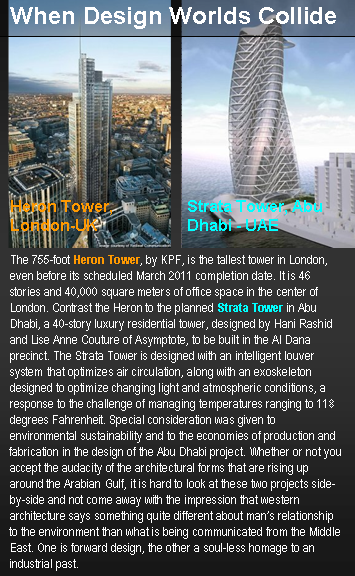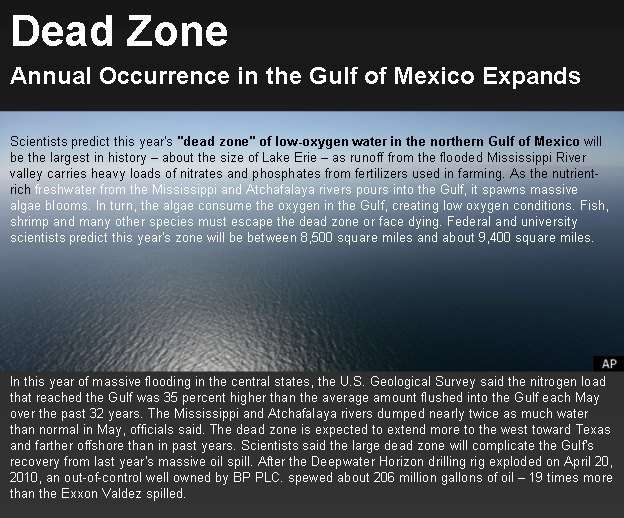Bracing for the Big One
Heavy rains, floods, waterborne disease and infestations of insects... The National Resources Defense Council readies for rocky times ahead...
___________
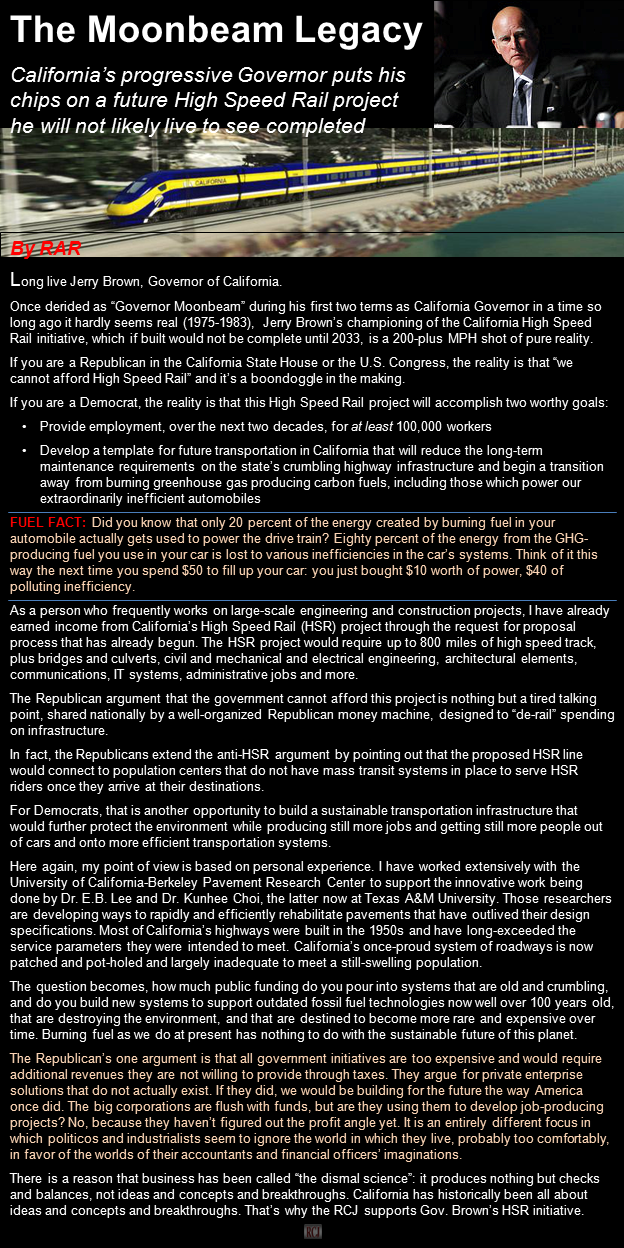
______
Inverted Skyscraper
Is Mexico City's 65-story Underground Model a Good Idea for City Planning?
_______________
__________________
_____________________
________________________
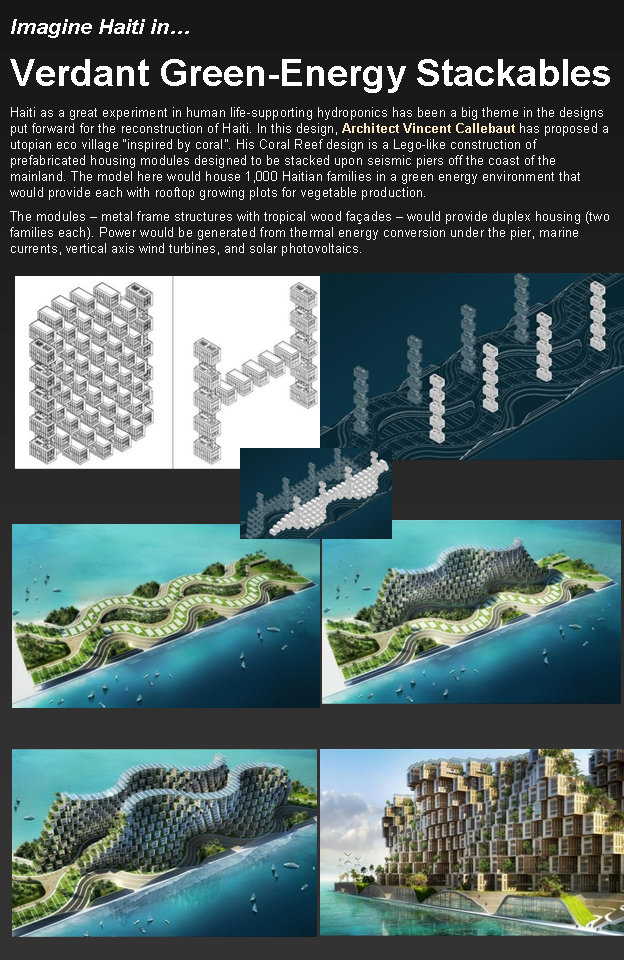
___________
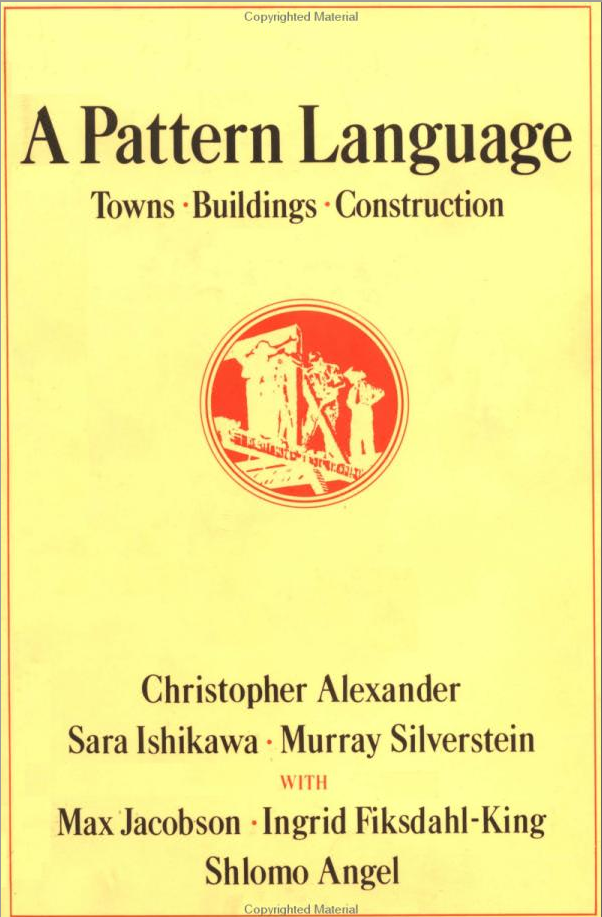 America:
Growing
Stupid
America:
Growing
Stupid
Back in 1977, the Center for Environmental Structure at the University of California-Berkeley, published the second of a three-volume series on "environmental planning." It is a dandy of a textbook titled A Pattern Language: Towns, Buildings, Construction, and it was written by a committee of academic planners and architects consisting of "Architect and Mathematician" Christopher Alexander (pictured below on the cover of Residential Architect magazine) and all the other people listed there on the right.
Here is the way the book is described at Amazon.com: "...published... to provide a 'working alternative to our present ideas about architecture, building, and planning,' A Pattern Language offers a practical language for building and planning based on natural considerations. The reader is given an overview of some 250 patterns that are the units of this language, each consisting of a design problem, discussion, illustration, and solution. By understanding recurrent design problems in our environment, readers can identify extant patterns in their own design projects and use these patterns to create a language of their own..."
Here is
Christopher Alexander himself, stating his
point of view most eloquently in an
interview that can be read in full at
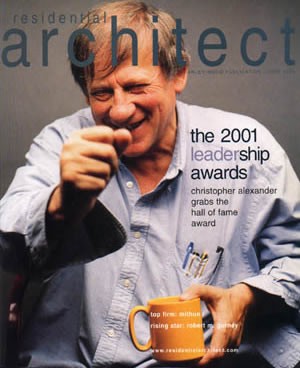 http://www.katarxis3.com/Alexander.htm
:
http://www.katarxis3.com/Alexander.htm
:
"My interest is in buildings. And I'm a scientist insofar as I try to understand what's going on in buildings, in a reproducible, accurate fashion, and try to tell the truth about it. I'd say that the principal thing that has helped me to thread my way through this rather incredible briar patch is trying to tell the truth about what is really going on - when you're in a building, when you go into a building, when you come out of a building, when you use a building, when you look at a building, when you look out the window of the building, and so forth.
And I'd say that the biggest problem with 20th century architecture was that architects became involved in a huge lie. Essentially what happened at the beginning of the 20th century was really a legacy of the 19th. New forms of production began to be visible. And in some fashion artists and architects were invited to become front men for this very serious economic and industrial transformation.
I don't think they knew what was happening. That is, I don't think in most cases there was anything cynical about this. But they were actually in effect bought out. So that the heroes of, let's say, the first half of the 20th century - Le Corbusier, Mies Van Der Rohe, Gropius even - a very nice man, by the way - were brought on board in effect to say, OK, here's all this stuff happening, what can you do with it? Let's prove that it's really a wonderful world we're going towards. And instead of reflecting on questions about, well, what was it that was going to be wonderful about this world - from the very beginning, the architects became visual spokesmen, in a way to try to prove that everything was really OK. Not only that it was really OK, but somehow magic.
You know, there was this phrase, elan vital, which was bandied about a lot in the middle years of the century, and in the early years of the century as well - of, there's something incredible happening here, we're part of it, we're reaching forward. But all of this was really image factory stuff. And what they didn't know about the late 20th century was only known to a few visionaries like Orwell and others who could actually see really what was going on.
I don't think this is a very flattering view, and I suppose architects would reject it, angrily. But I do think it's true."
____________________________________
Thirty-one years have passed since Alexander and his crew published that landmark book, and in the interview referenced above one can hardly sense frustration in the great thinker regarding how little it has all mattered.
The Center for Environmental Structure has branched out to have chapters throughout the world, and Alexander has gone on to write other books (e.g., Notes on the Synthesis of Form, A City is Not A Tree, and The Nature of Order) and become a "star" in his rarified field of academia. In fact, Alexander's centers have had what impact they have had in the nether reaches of the developing world, where things are built from scratch and can most easily be matched up with Alexander's concepts in planned development. Central to that concept is the idea of many small independently operating central communities in which people live, work and relate. Those are all primitive designs to begin with, culled from a retrospective view on English villages of the 17th, 18th and 19th centuries. They are naturals for third world development and it is heartening to imagine "invisible worlds" out there on the global landscape being developed in ways that sustain resources and develop greater and more advanced senses of local connectedness.
Do you see the irony here? Alexander's focus with A Pattern Language was to create a framework for mounting arguments against a tidal wave of corporate intellectualism in which the focus was on differentiating power, size, elitism, exclusivity and, most of all, conspicuous consumption. The academics never had a chance against sex that charged.
I suppose you could say that, maybe viewed from space, America has developed along Alexander's blueprint for urban growth but at a scale that turns the advantages of regional connectedness on its ear. They say "all politics is local" and that's because all economics is local, too.
Development in the United States has been of a horizontal nature, with cities spreading to suburbs connecting to other suburbs and to other cities, because there has been available land that could be had for less than would be required to build vertically within established centers, not that his would have been a great idea either.
Developments - residential and commercial - are intensely political things involving the approvals of governmental and quasi-governmental entities, and the machinations of antagonistic competitors, interest groups, and activist protesters. This ratio of developers to stakeholders magnifies dramatically in the most mature markets, like the San Francisco Bay Area, so usually it has been easier for deal makers to build their developments along highway corridors that connect their "projects" to important commercial centers, in the process gaining more attractive terms from county agencies eager to boost the economies of their outlying regions.
It has all made a logical sort of sense, as long as "we" had two critical resources in enviable quantities: time and money. Time to cover long commutes that add 5 to 15 hours to the five-day work week, and money to cover the costs of driving, parking and maintaining your car.
Other than for the obscenely wealthy, neither time nor money are renewable in any guaranteed way. There, in fact, is the rub: the desire to "develop" one's way into the obscenely wealthy class, thereby elevating into a reality in which comfort renders common concerns more or less trivial, drives ambition. This is the real engine behind America's obsession with "growth," the holiest grail among those comprising the American Dream.
Developers and planners in the United States, especially over the past 60 years, haven't been thinking much beyond the short term impacts of a limited range of considerations, mostly focusing on the benefits of increased revenues, public and otherwise. What they haven't focused on are the things that Alexander and his cohorts have been emphasizing, which is environmental sustainability in all of its parts, including the quality of human life. - RAR
 RARWRITER PUBLISHING GROUP PRESENTS
RARWRITER PUBLISHING GROUP PRESENTS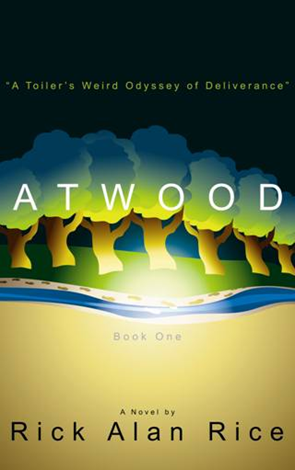
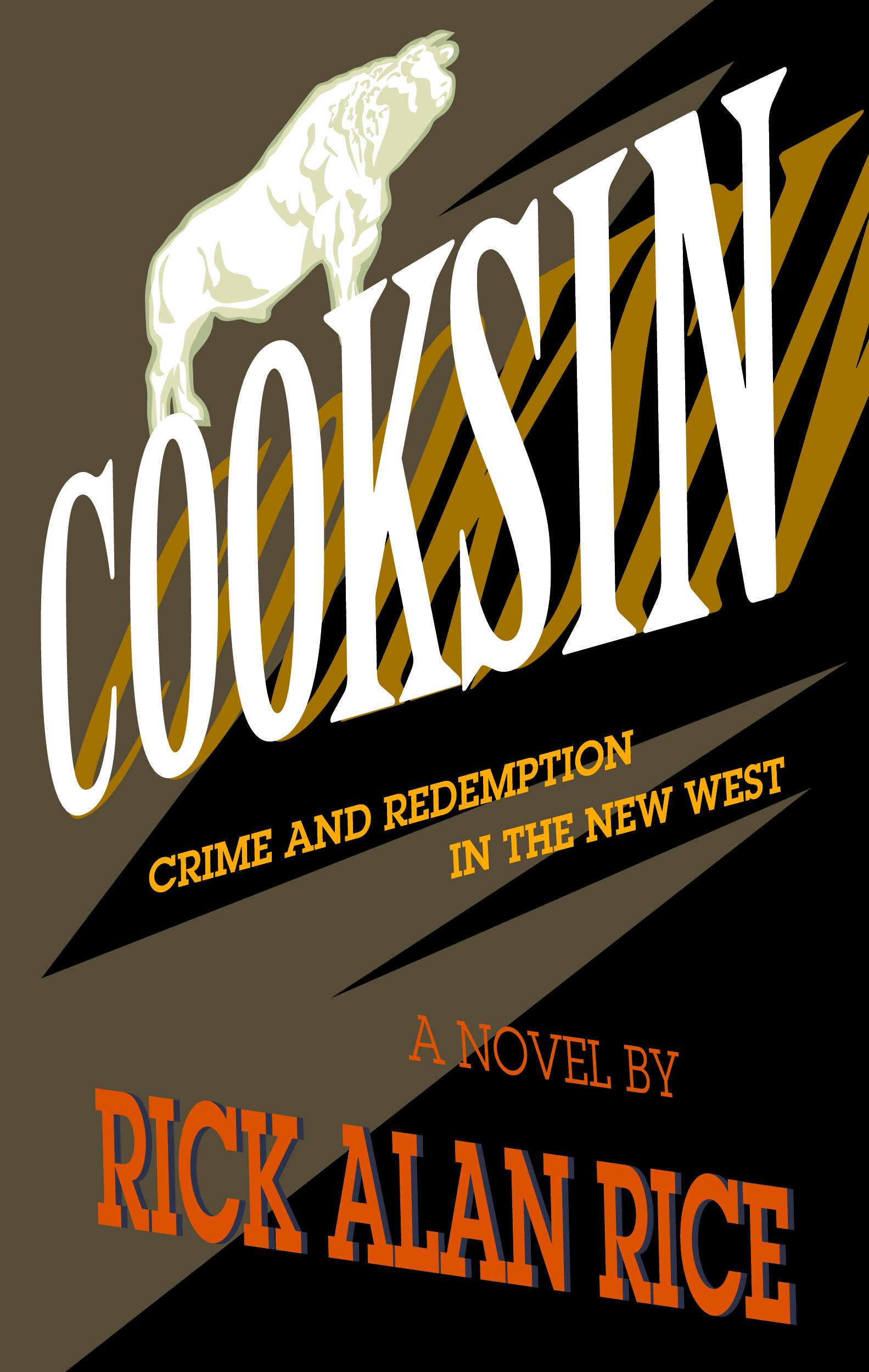
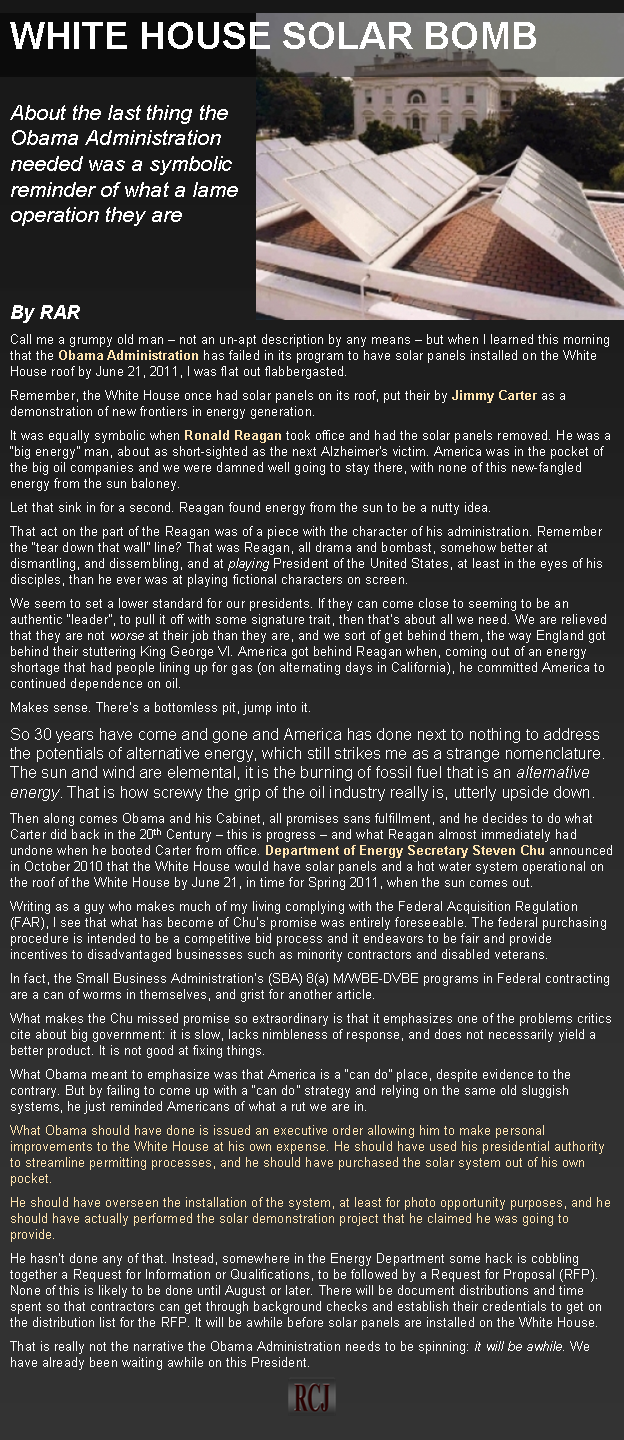
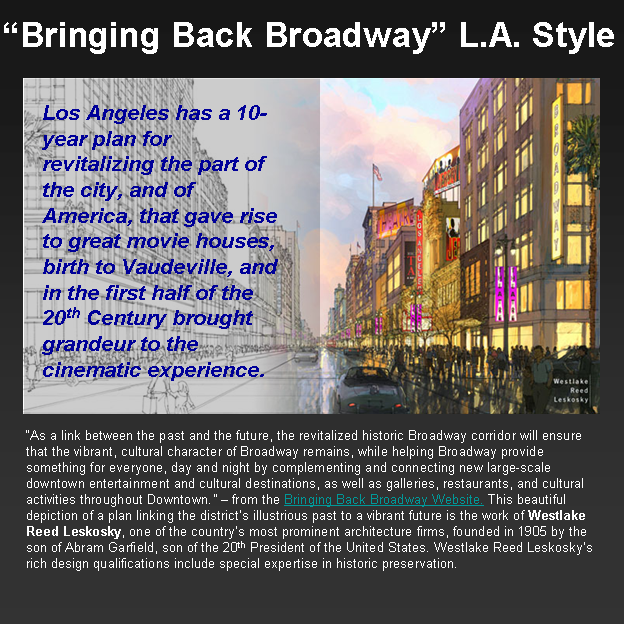

 In
2008, a joint study of the Federal
Reserve's Community Affairs department
and the Brookings Institution Metropolitan Policy Program revealed that the
poverty profile in the U.S. has spread from concentrations in rural and
inner-city areas to include the nation's suburbs.
In
2008, a joint study of the Federal
Reserve's Community Affairs department
and the Brookings Institution Metropolitan Policy Program revealed that the
poverty profile in the U.S. has spread from concentrations in rural and
inner-city areas to include the nation's suburbs. 


